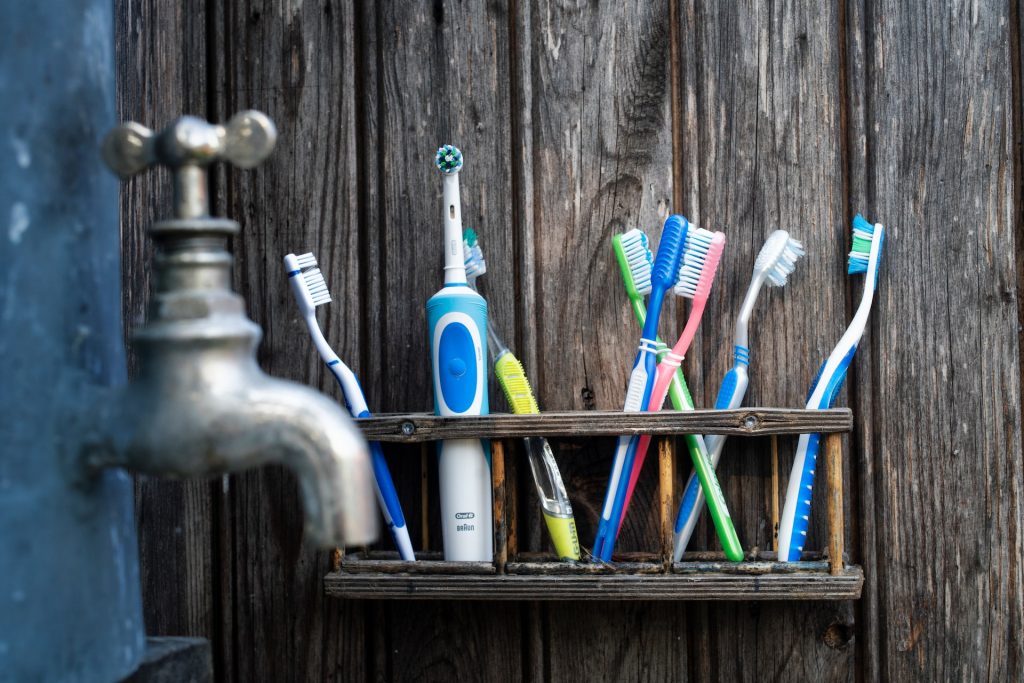
It’s true that the kitchen isn’t the most glamorous room in the house, but it can be one of the messiest. It’s no secret that dirty dishes are not just unsightly—they can also harbor germs and bacteria that we ingest when eating food. Thankfully, there are some easy ways to clean crockery so you can keep yours clean and healthy!
Use rubber gloves to protect your hands from dish-washing chemicals.
Use rubber gloves to protect your hands from dish-washing chemicals. The gloves will also help if you have sensitive skin, and they can be bought at the supermarket or pharmacy.
Rubber gloves are a must when washing dishes by hand. They protect your hands from chemicals and rough surfaces, and they give you more control over the dish brush.
They’re also a good idea if you have sensitive skin. Rubber gloves are available at the supermarket or pharmacy, and they’re cheap.

Rinse dishes and other tools before putting them in the dishwasher.
You can’t just put a dirty dish into the dishwasher and expect it to come out clean. That’s why pre-rinsing is so important! Just like when you wash your hands, soap doesn’t reach every part of something if there’s grime or food particles on it. Rinse those dishes before putting them in the machine, so that all the grease, food and bacteria get off first!
If you don’t rinse before loading into the machine, then all that gunk will remain on top of your plates and cups as they’re spinning around in there. And guess what? Dishwasher soap isn’t as effective at cleaning if you don’t give it anything to work with—so if you don’t rinse off those dirty dishes first? Guess what happens: they come out even dirtier than when they went in!
Clean the dishwasher’s filter from time to time.
There’s no need to worry about your dishwasher getting dirty, but you should always clean the filter from time to time. Keeping your dishwasher’s filter clean means that you’ll have better cleaning results and less work when you go to run a new load of dishes. Plus, it just makes sense if you think about it: If there’s something obstructing water flow while they’re cleaning, they won’t get all the way clean as quickly or efficiently as they could otherwise be.
Here’s how to clean your dishwasher’s filter:
- Empty out one-third of your washer’s rinse aid compartment (if you don’t know where this is located, check the user manual).
- Run an empty cycle with nothing in it except hot water; this will help loosen any gunk that may be stuck on there so that it can easily be wiped away later on. Let this cycle run for 10 minutes before proceeding—it should take longer than normal due to having nothing but hot water inside!
Wash dishes with a soft cloth or sponge, not an abrasive brush or scourer.
You don’t need harsh chemicals or steel wool to clean your dishes. Washing them with a soft cloth or sponge is all that’s required, but make sure you don’t use an abrasive brush or scourer!
If you’re not sure whether your dishes are safe to use or not, it’s best to err on the side of caution and throw them away. If you do have a metal dishwasher, make sure your detergent doesn’t contain any bleach.
If you clean your dishwasher, make sure you do so correctly. If it has a filter, this should be cleaned regularly; otherwise, the build-up of food residue and grime can cause the machine to stop working properly.
Wipe up spills as soon as possible after meals.
Before you start, you should wipe up any spills as soon as possible after meals. This will prevent the inevitable leftover food from building up on your crockery and making it more difficult to clean later. For example, if you leave a drop of tomato sauce on your plate for several hours before washing it off; that stain will be much harder to remove than if you’d cleaned it right away.
To ensure that every dish comes out clean, use a damp cloth instead of paper towels or sponges—they can scratch delicate surfaces like ceramic or glassware. The easiest way to effectively wipe up spills is by dabbing them with a wet sponge rather than scrubbing hard; this won’t damage the surface and won’t take longer than wiping with plain water alone!
A toothbrush is handy for cleaning hard-to-reach nooks and crannies in crockery and cutlery.
A toothbrush is handy for cleaning hard-to-reach nooks and crannies in crockery and cutlery.
Toothbrushes are great for cleaning the inside of cups, glasses, bowls and plates. They’re also useful for getting into the crevices of pots and pans.
Toothbrushes are also good for cleaning hard to reach places in the bathroom, like behind the toilet and around taps. They’re handy for scrubbing down shower screens and tubs too.

Cleaning dishes can be easier than you think if you use these tips!
Cleaning dishes can be easier than you think if you use these tips!
- You can clean dishes by hand, or use a dishwasher.
- You can use a toothbrush to clean hard-to-reach nooks and crannies.
- You can wear rubber gloves while cleaning your dishes if you are worried about getting chemicals on your hands. This will protect them from getting damaged by the chemicals used in dish soap and water cleaners, which may harm the skin on your hands or make it dry out over time due to excessive washing of things like sponges, silverware or pans (which tend to not get rinsed enough).
Conclusion
We hope this article has shown you how easy it is to clean your crockery. With the right equipment and a little bit of time, you’ll have sparkling dishes in no time!








